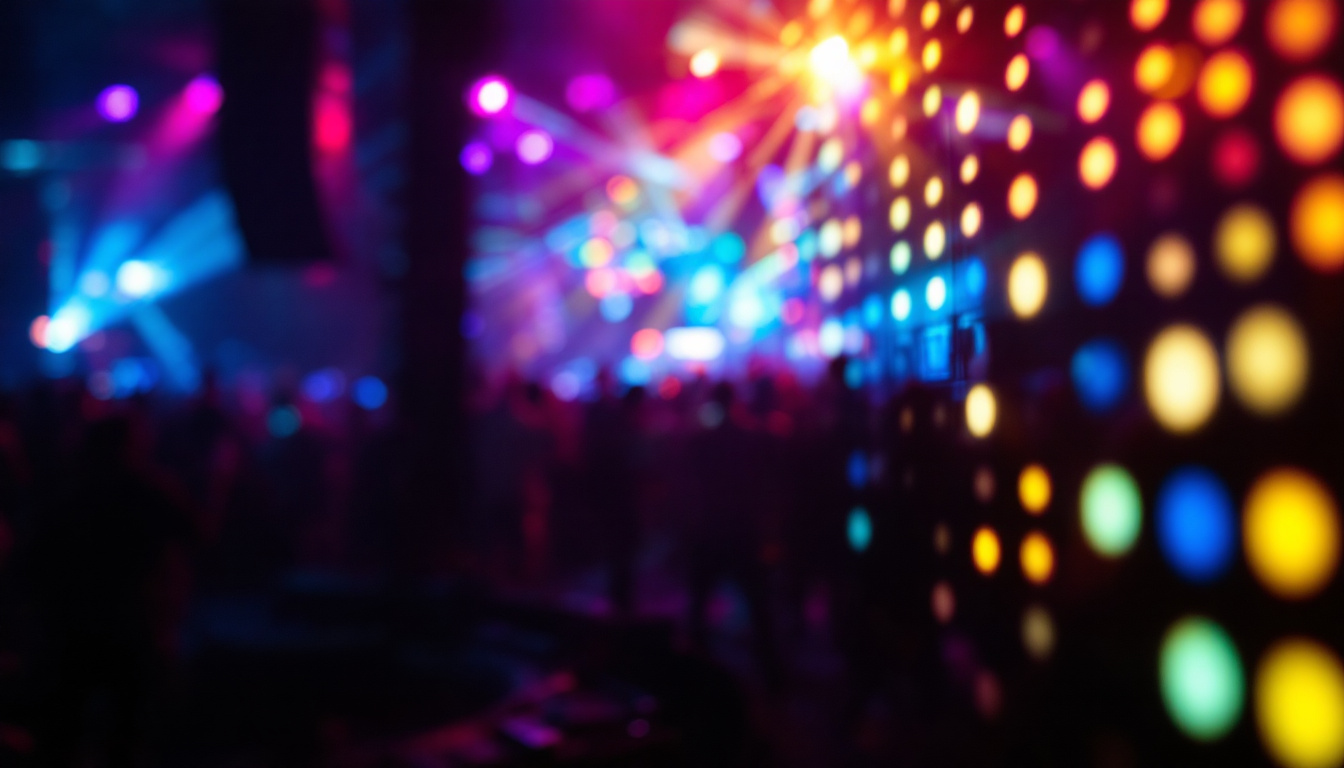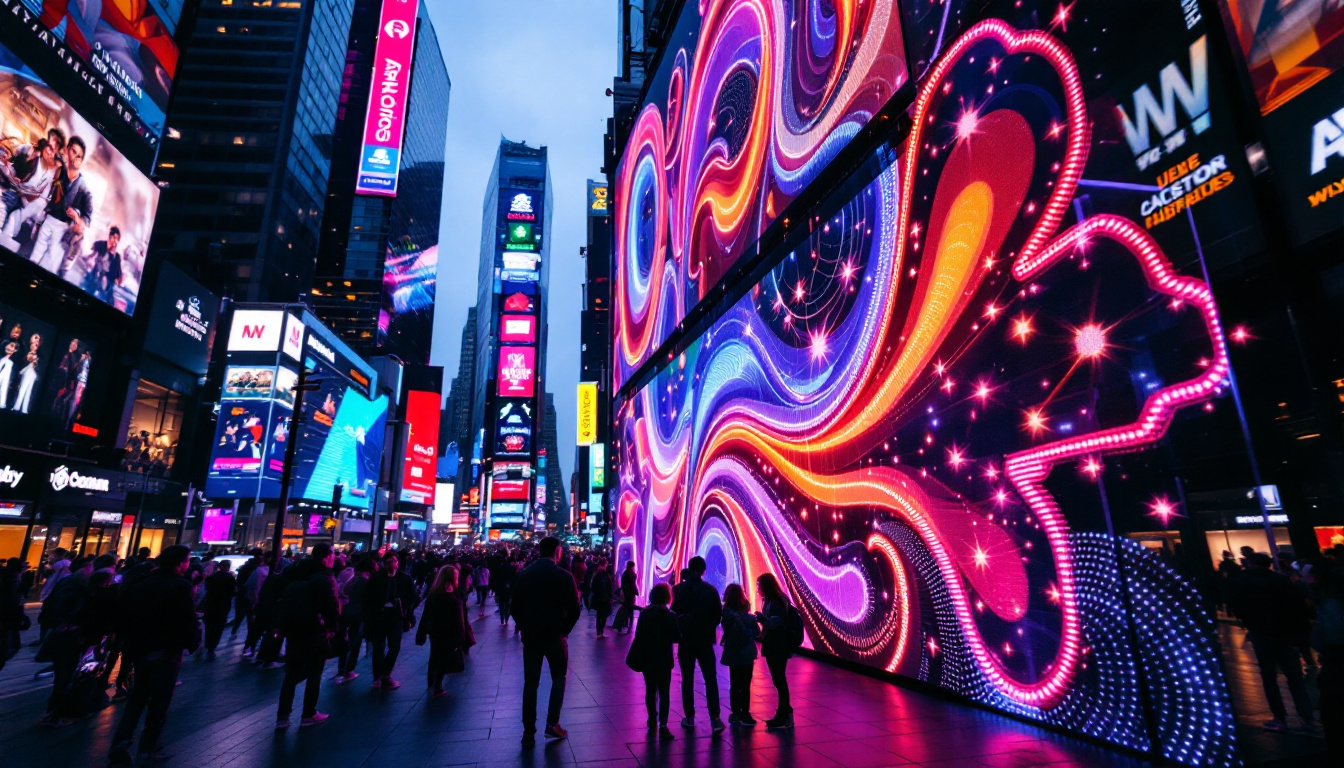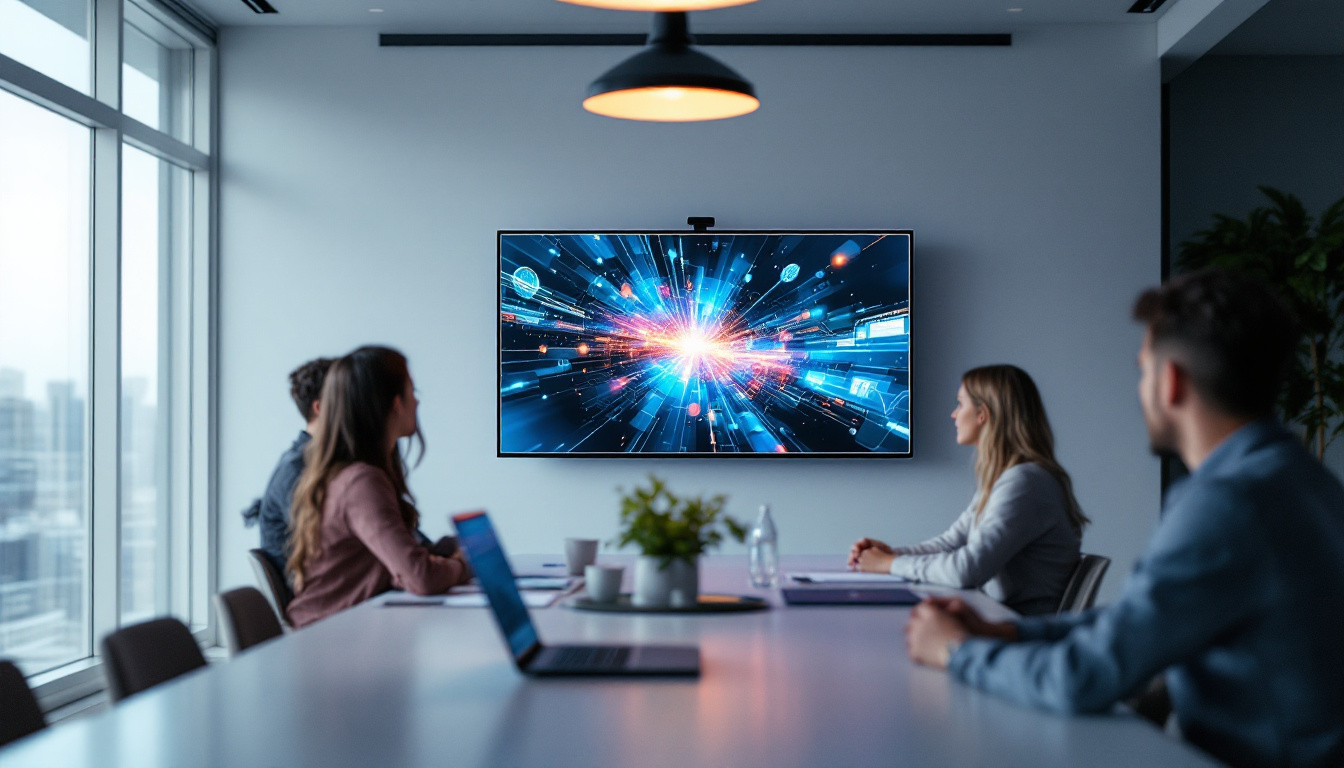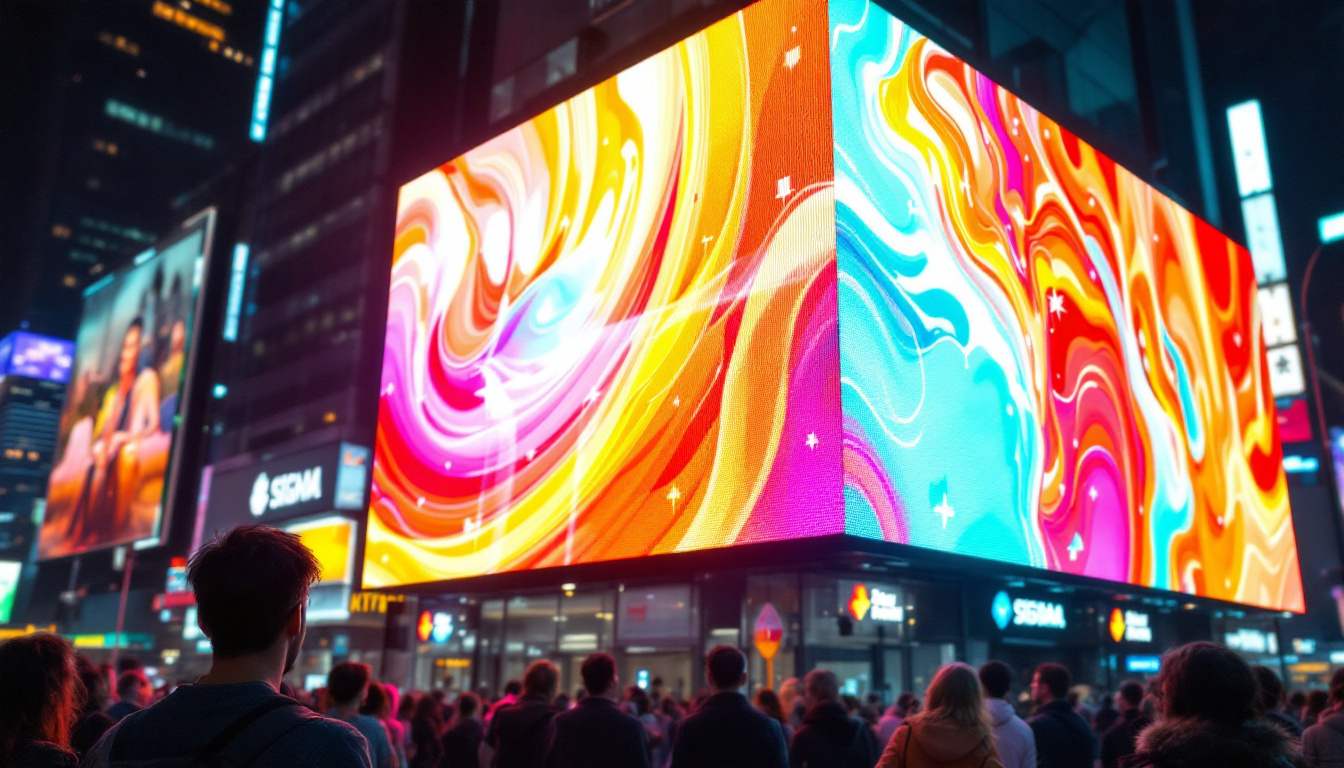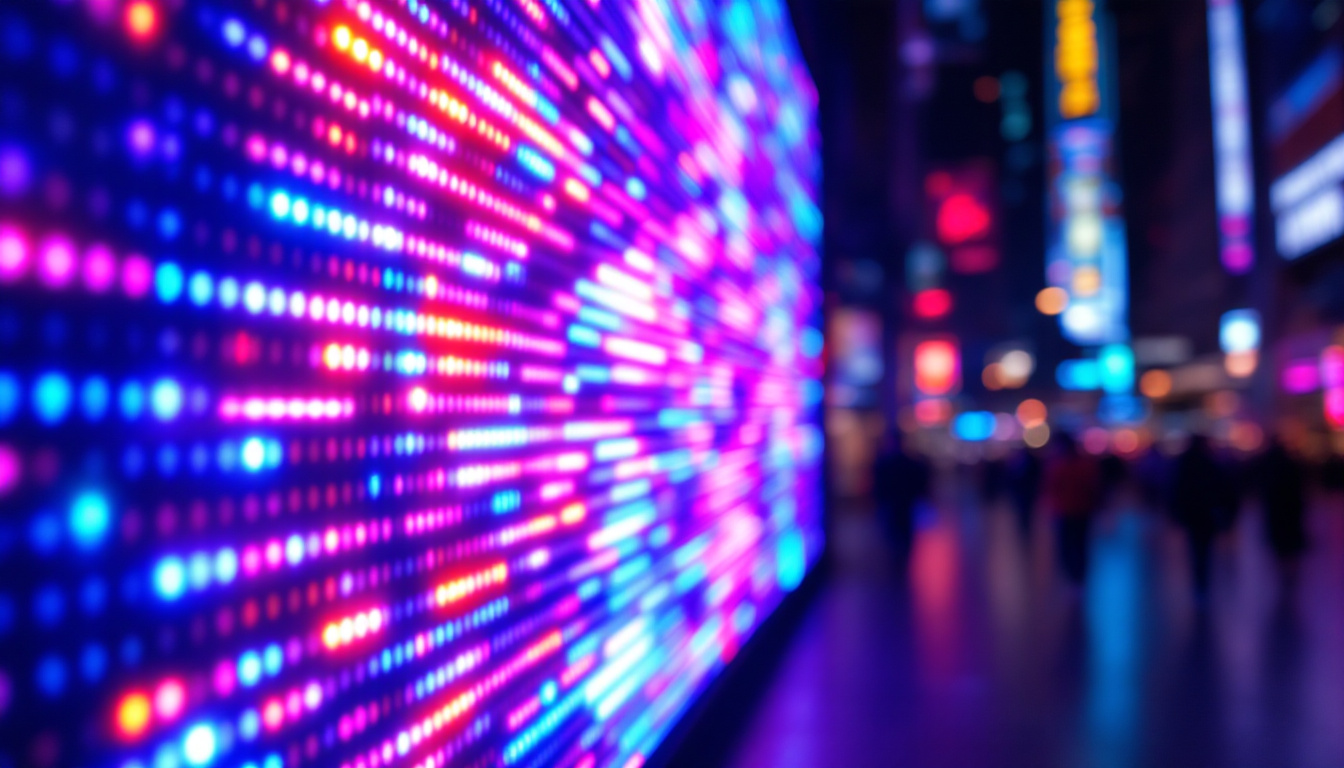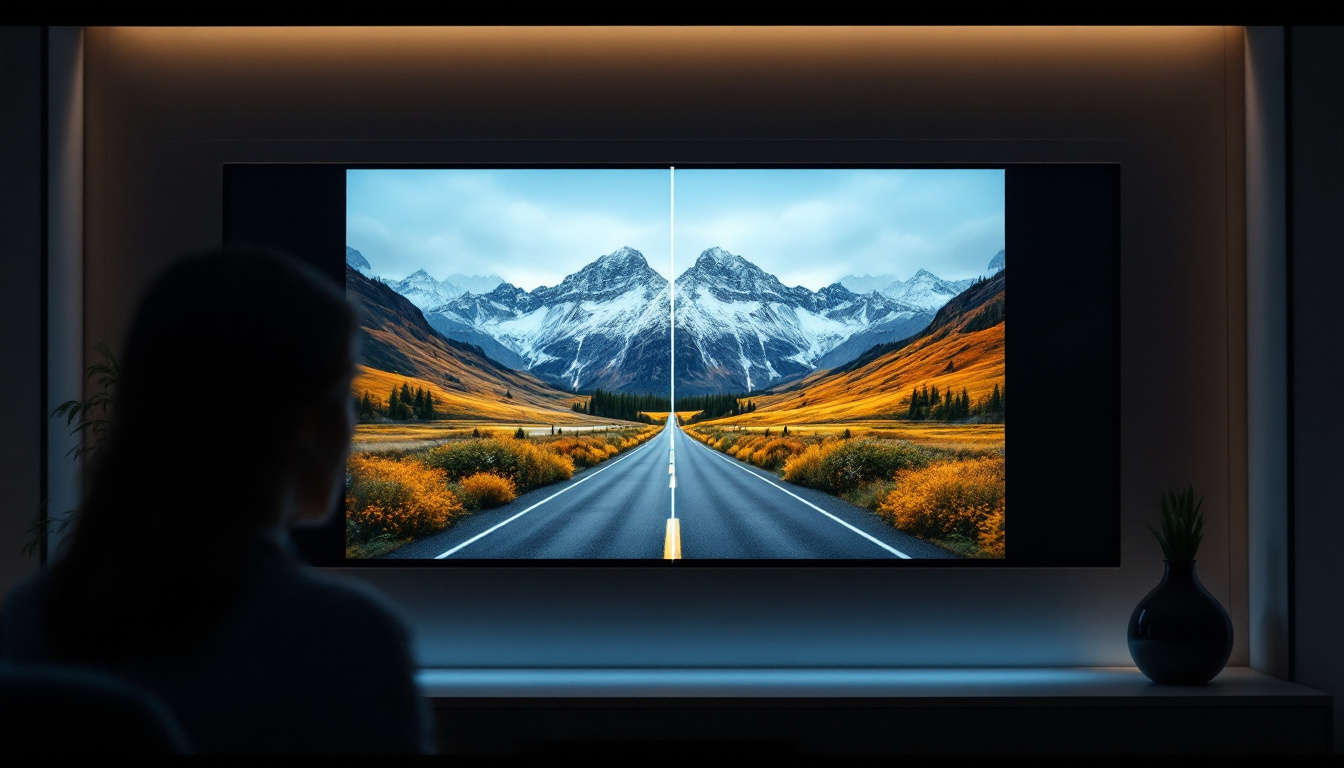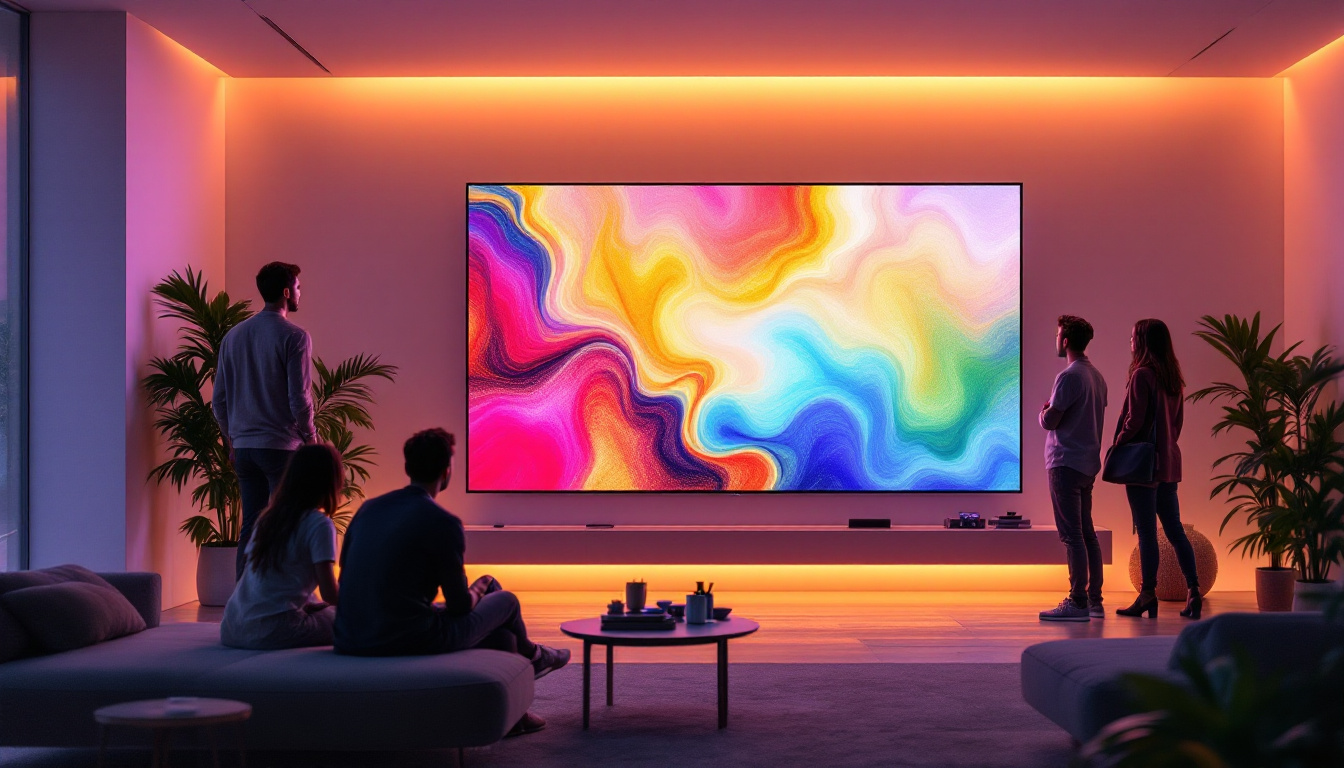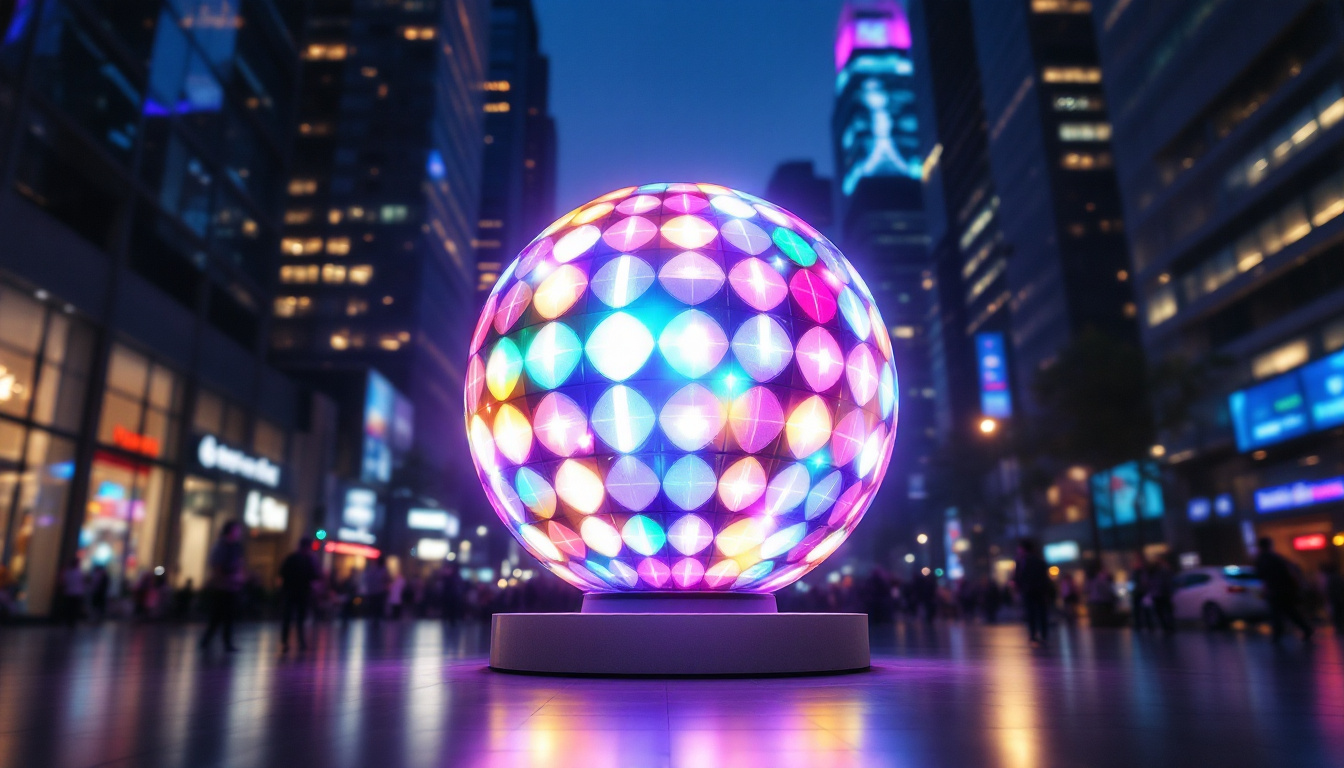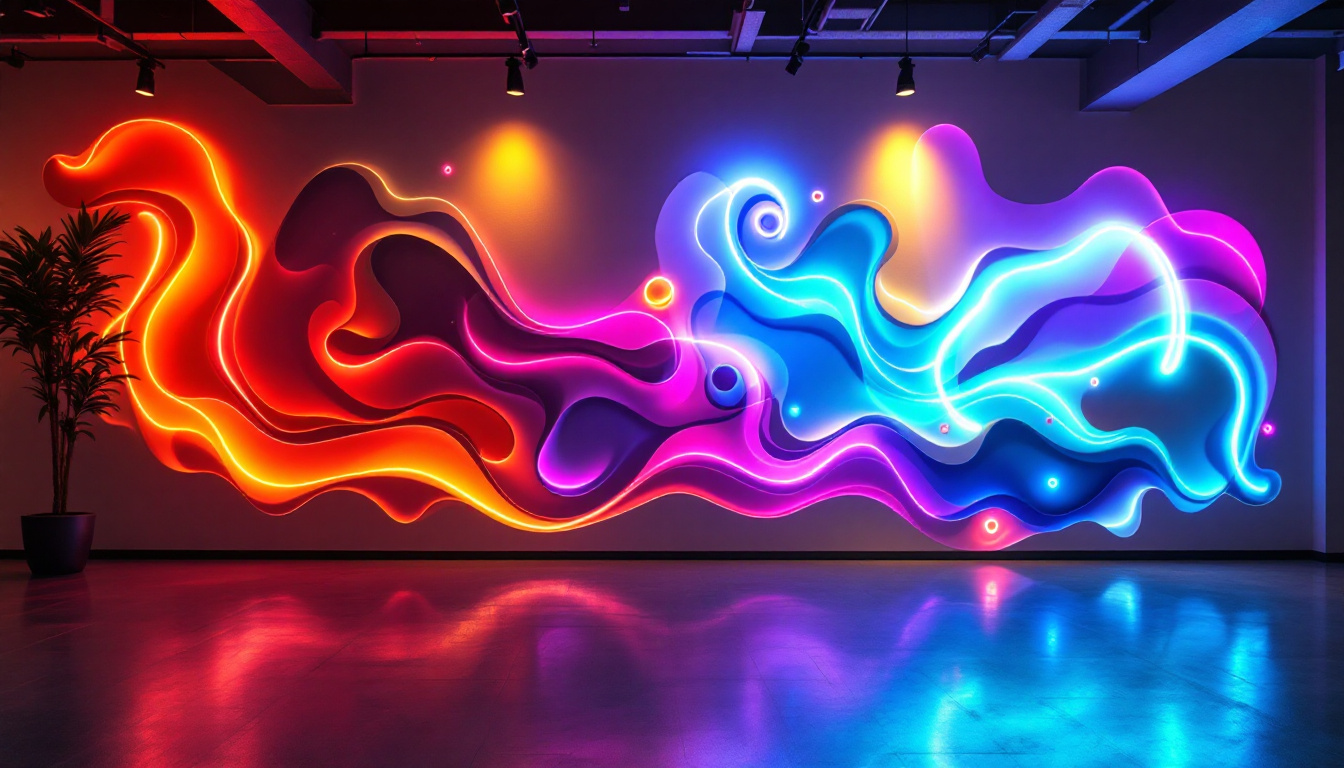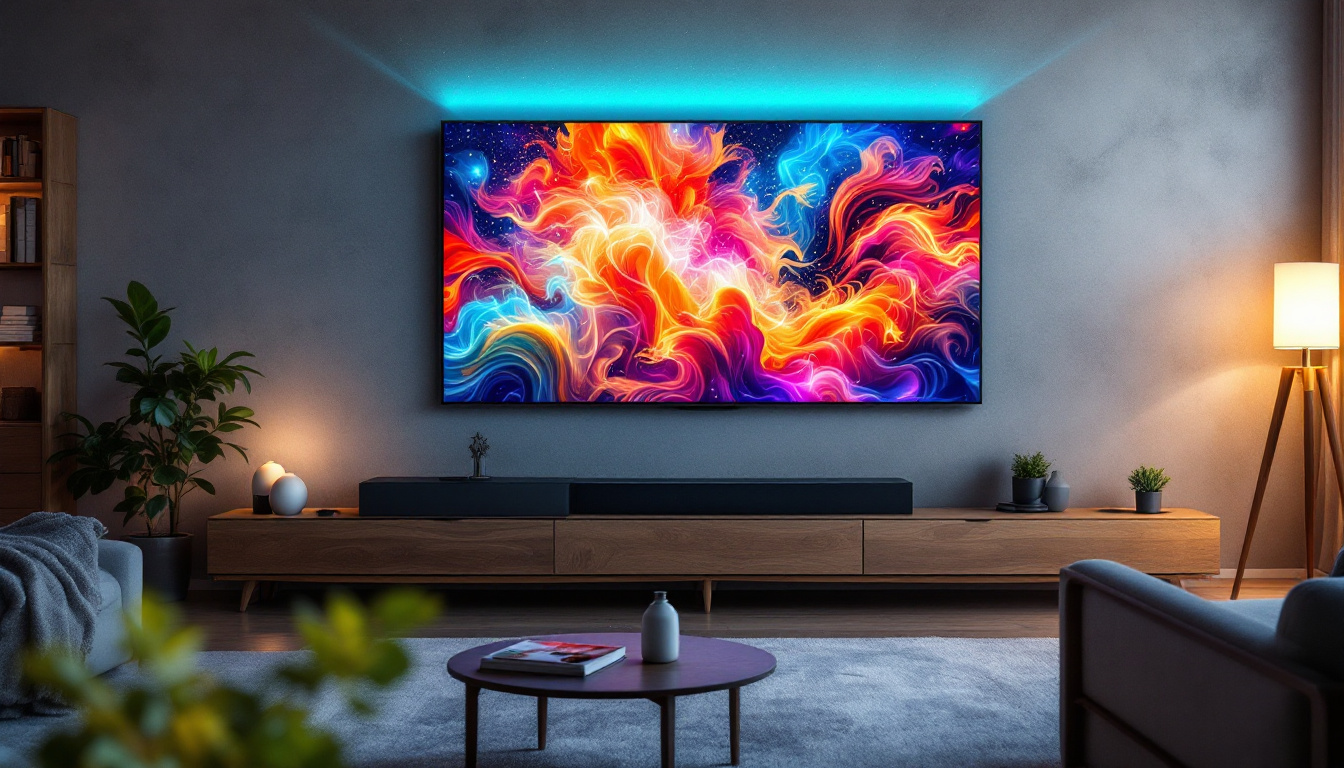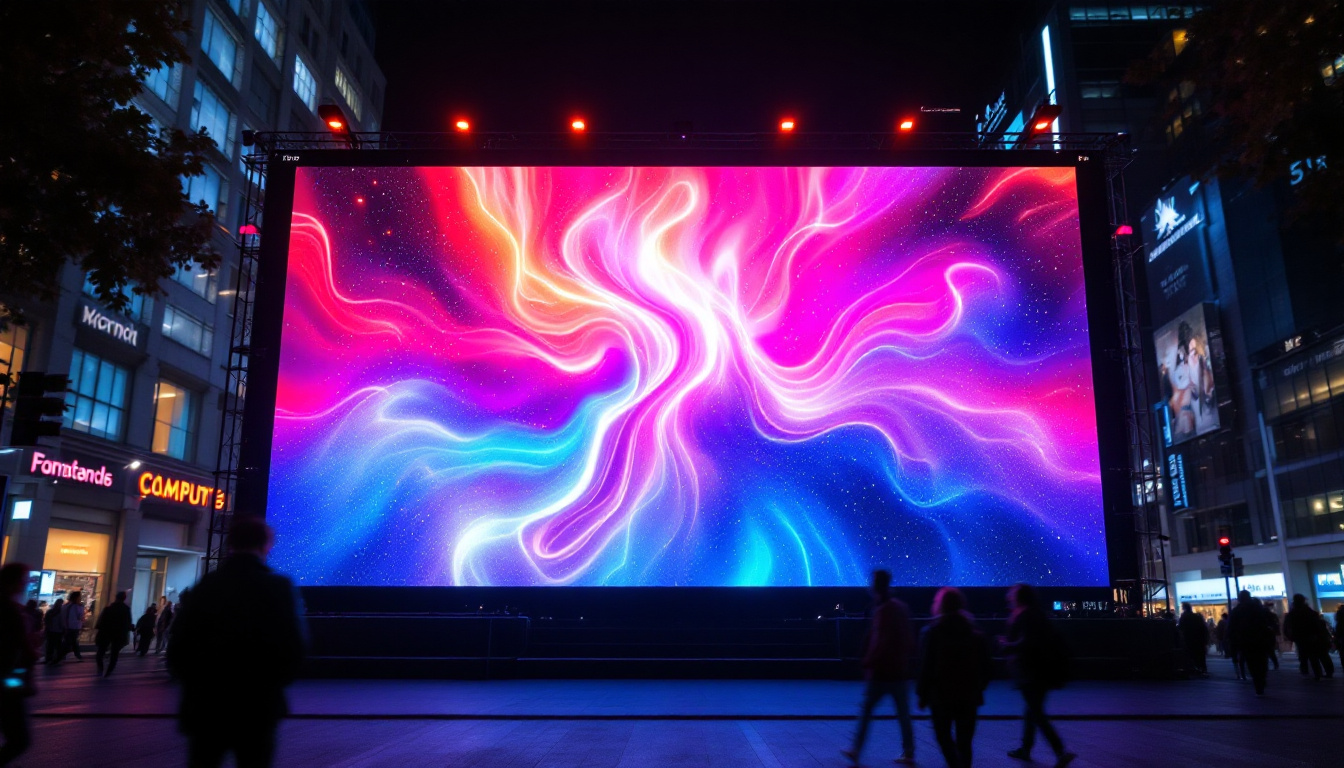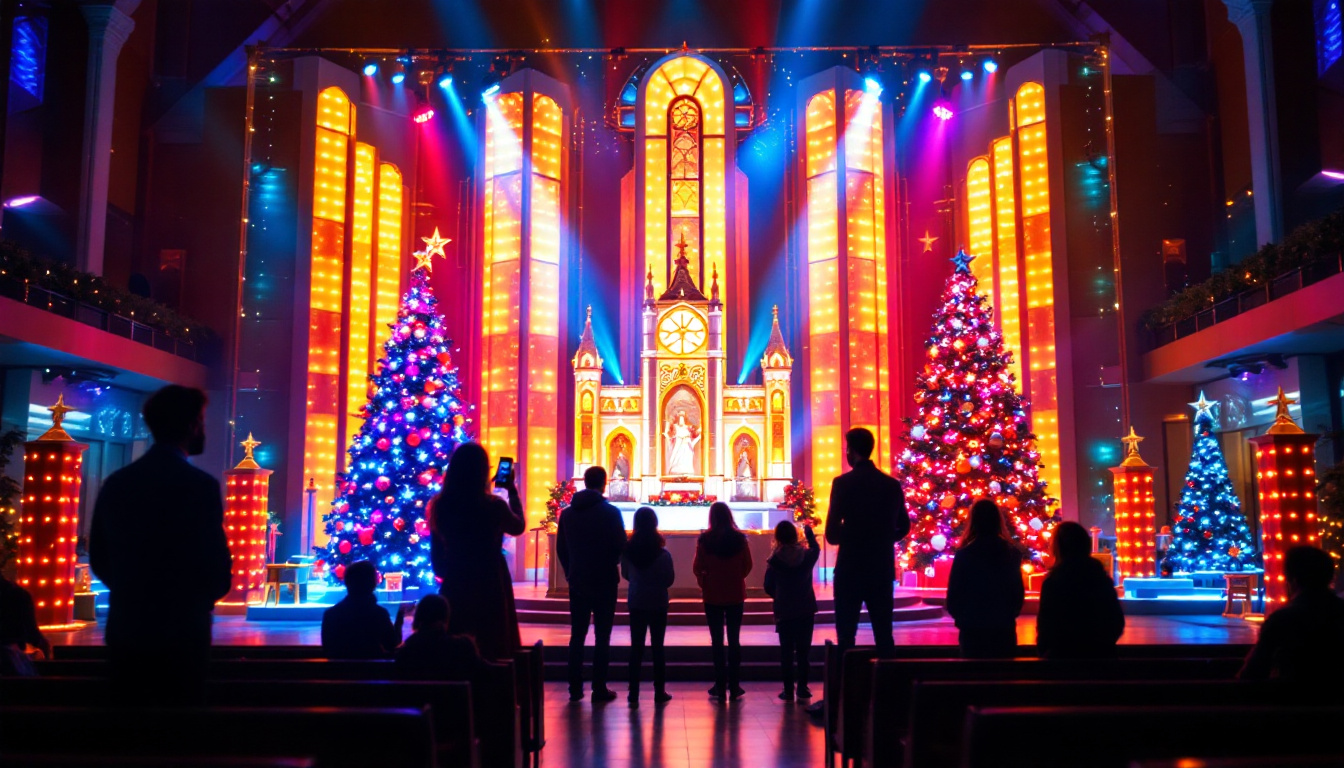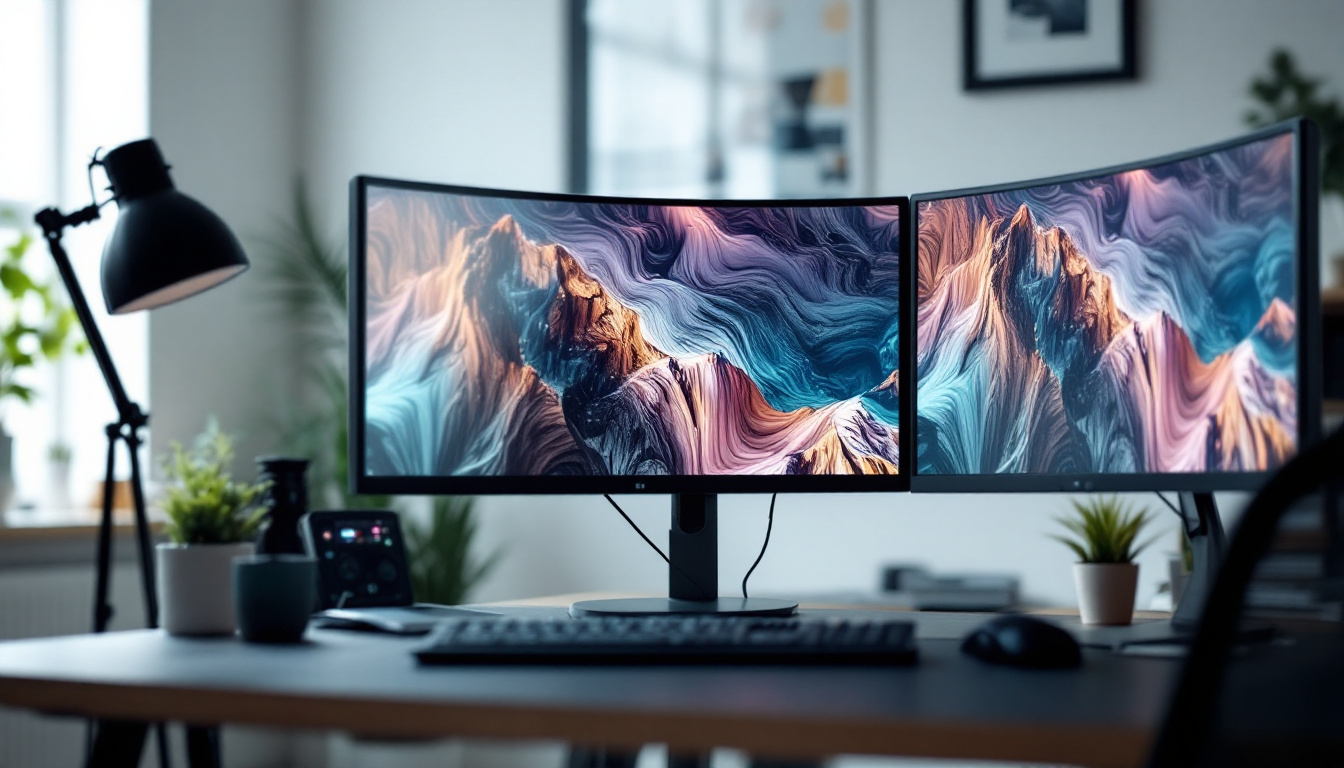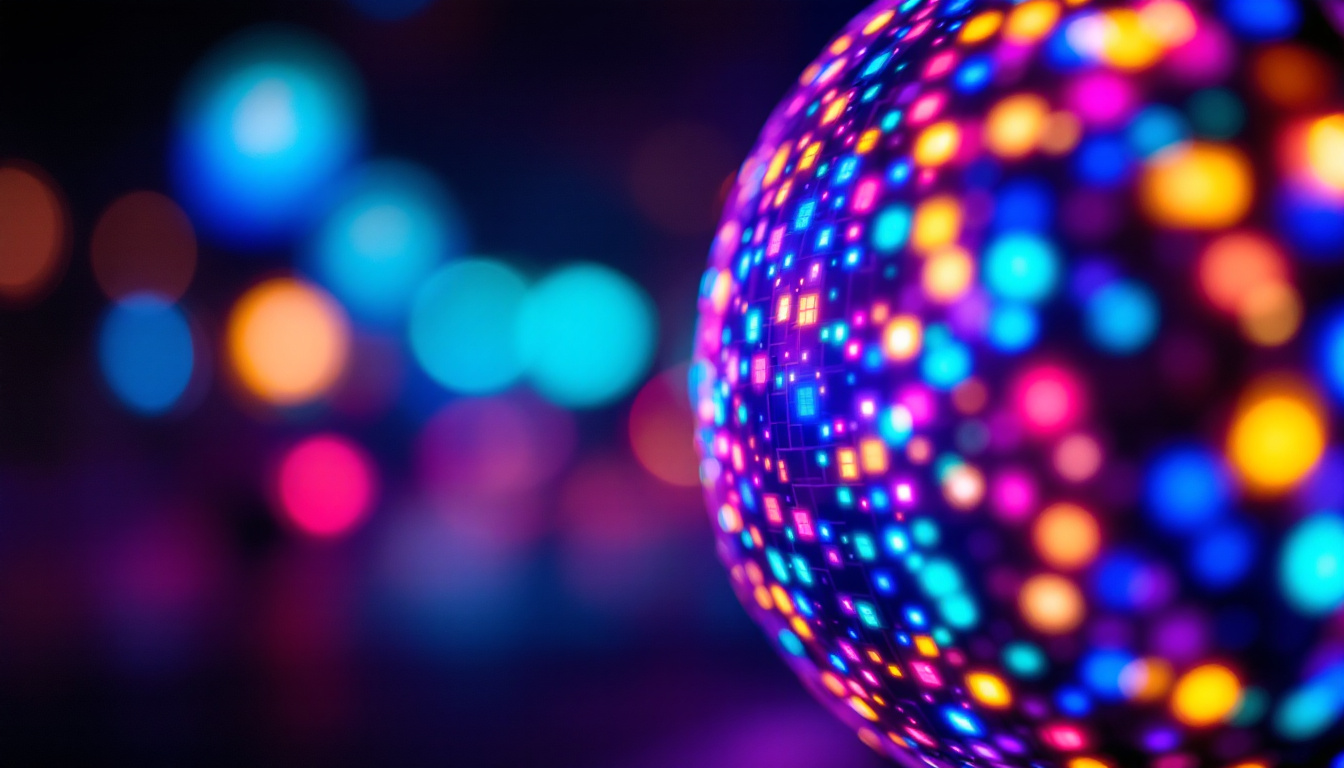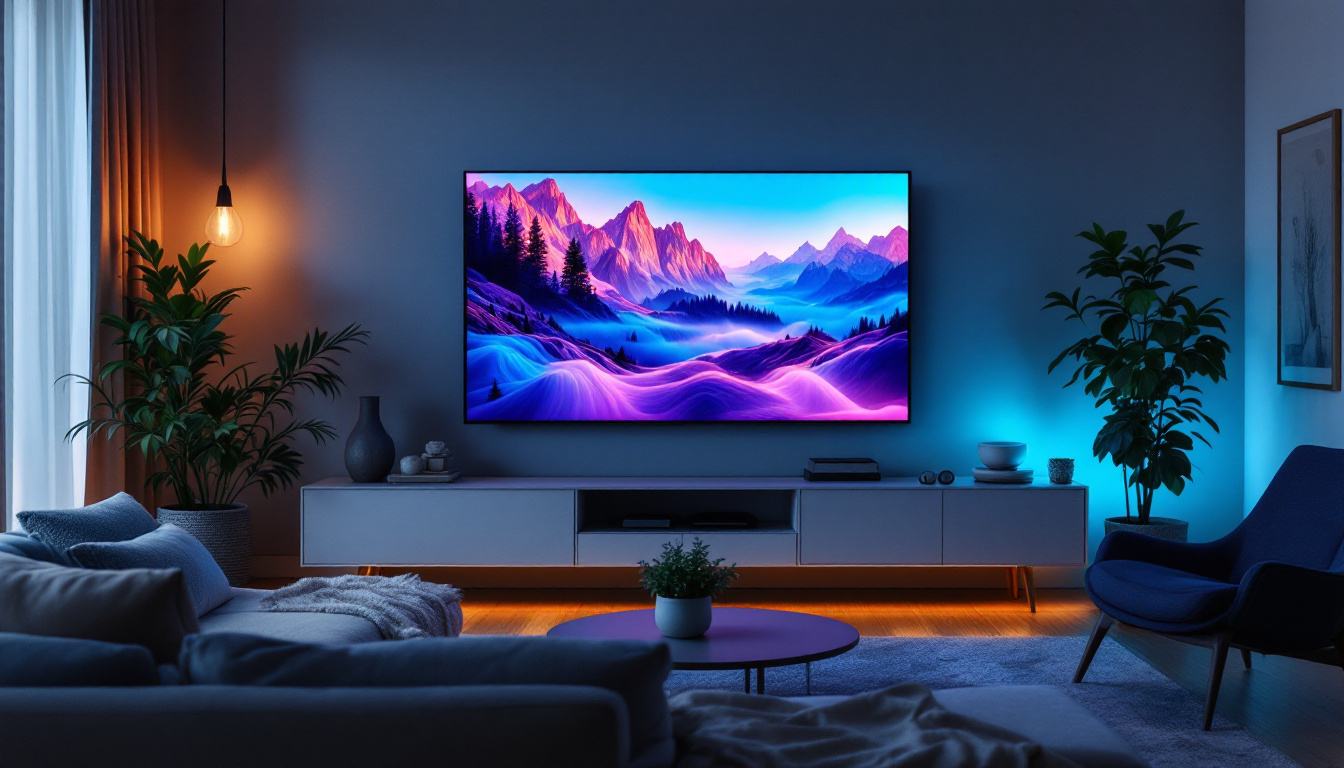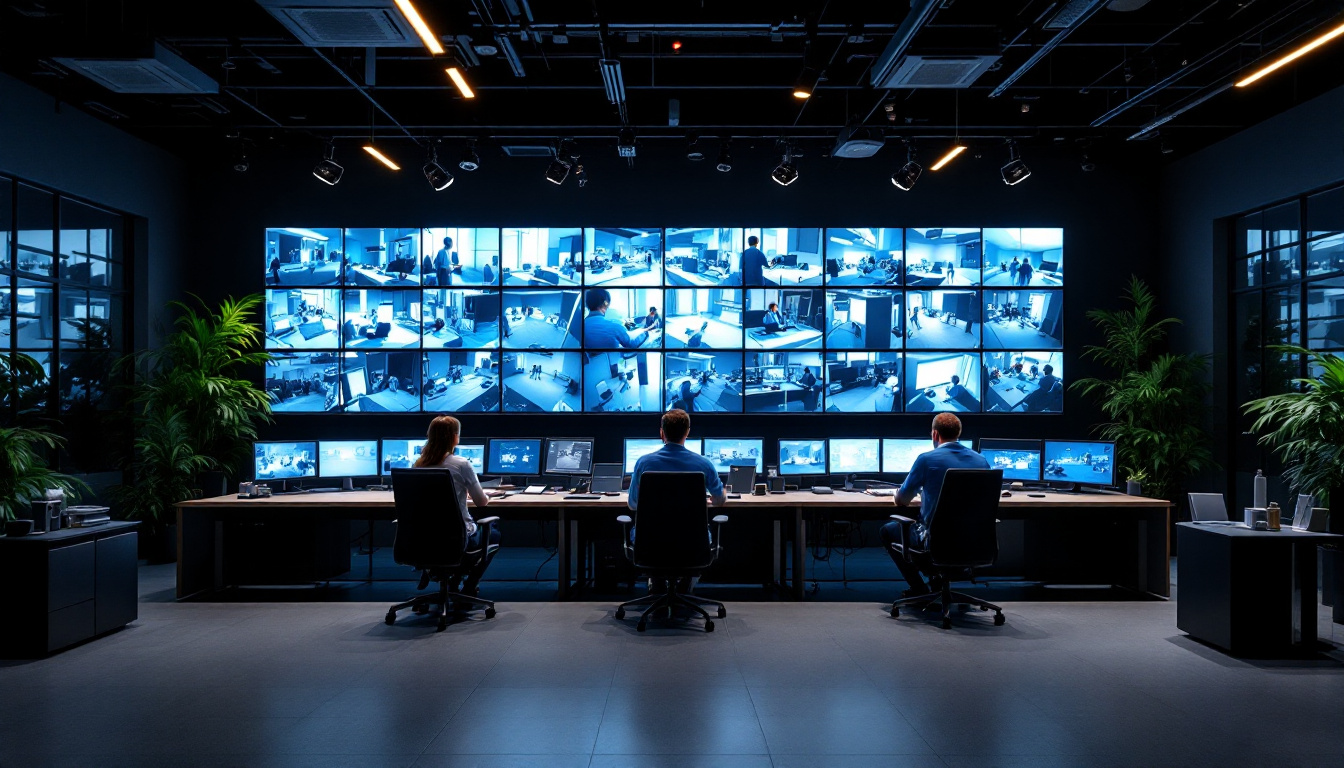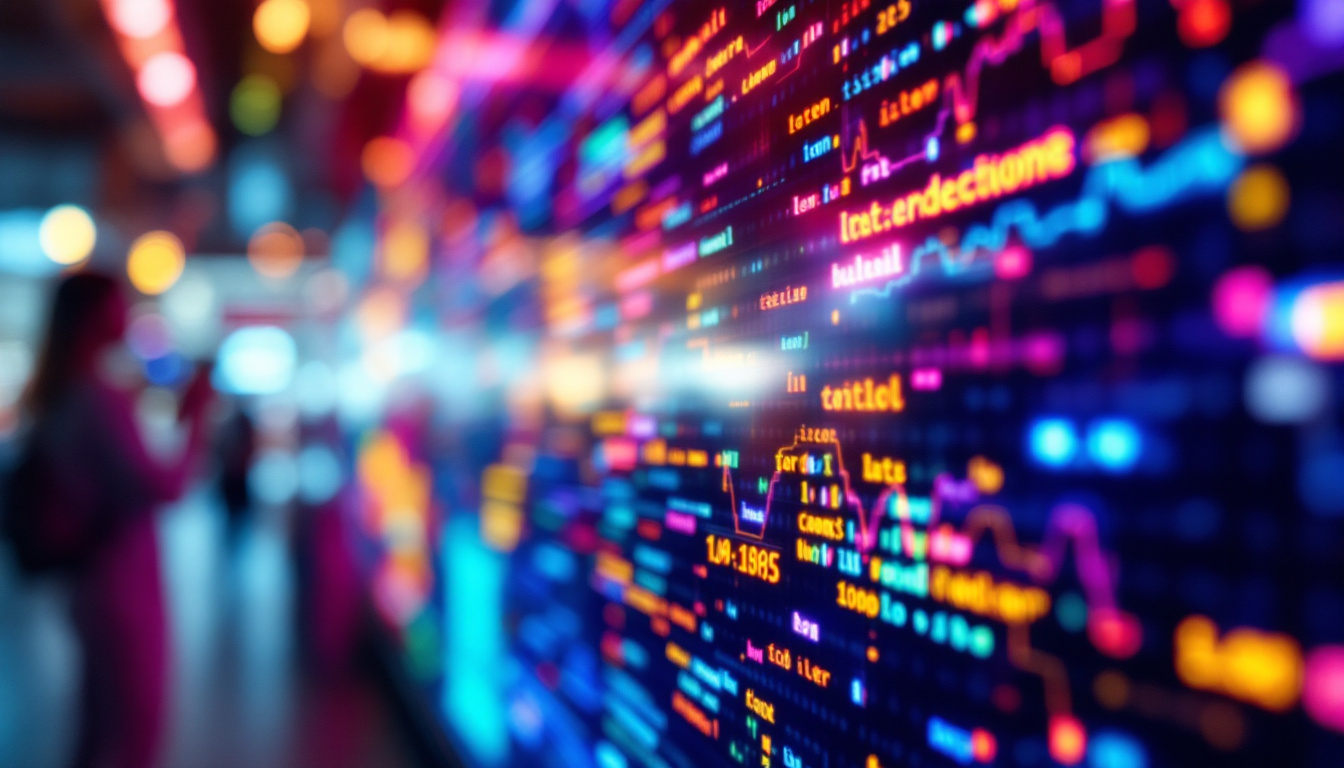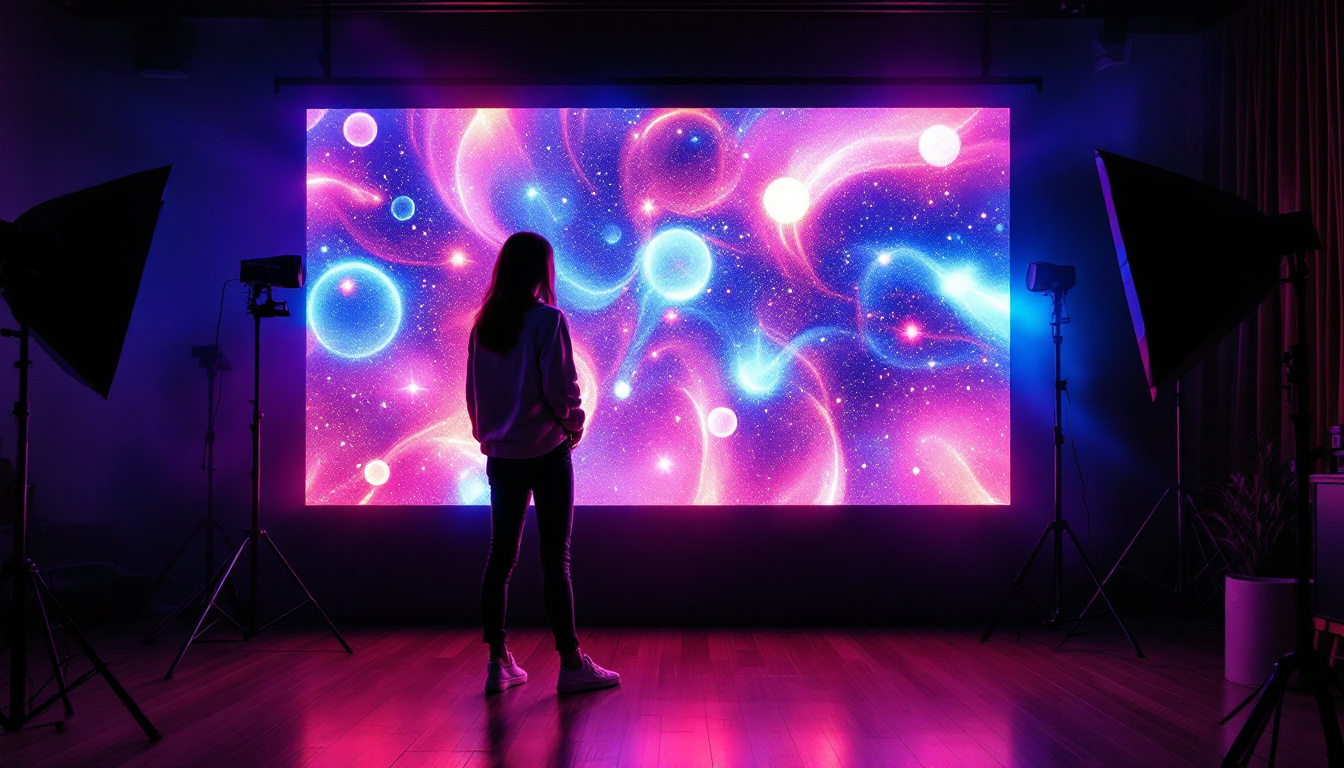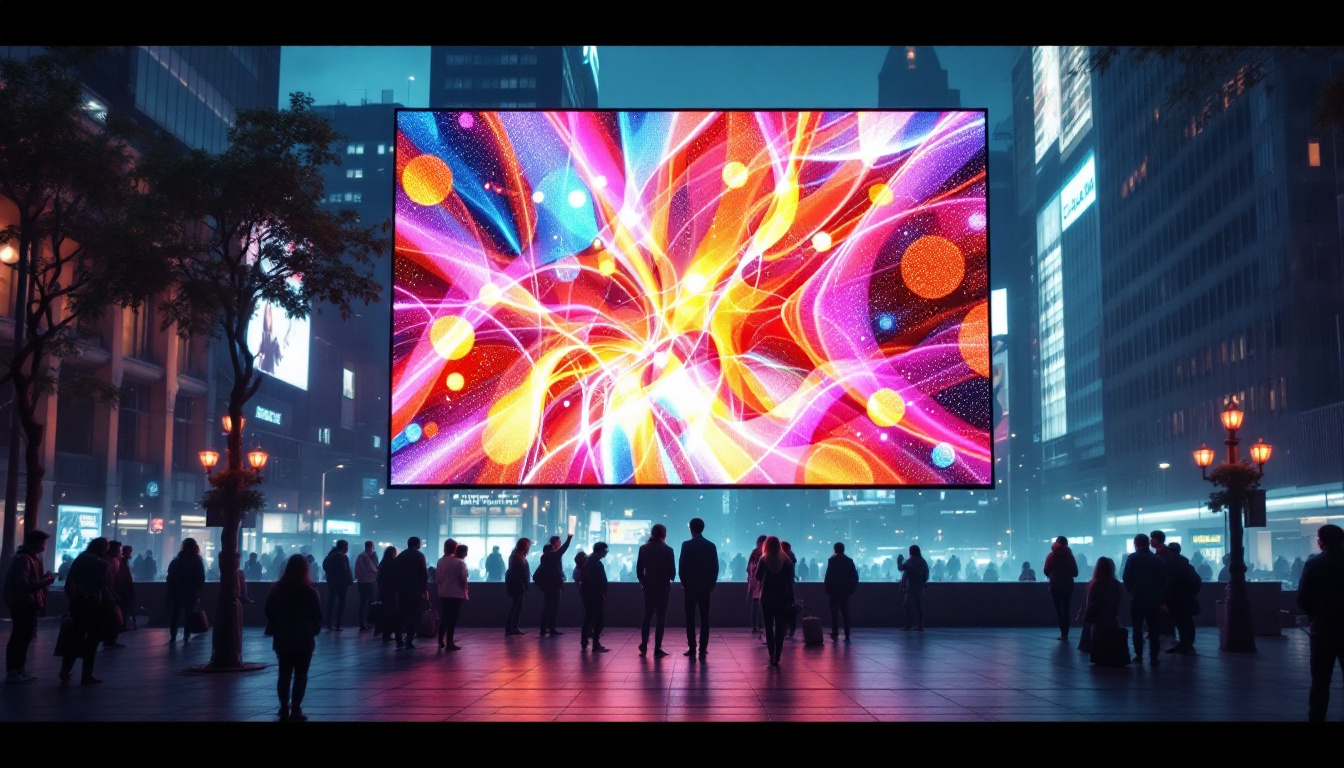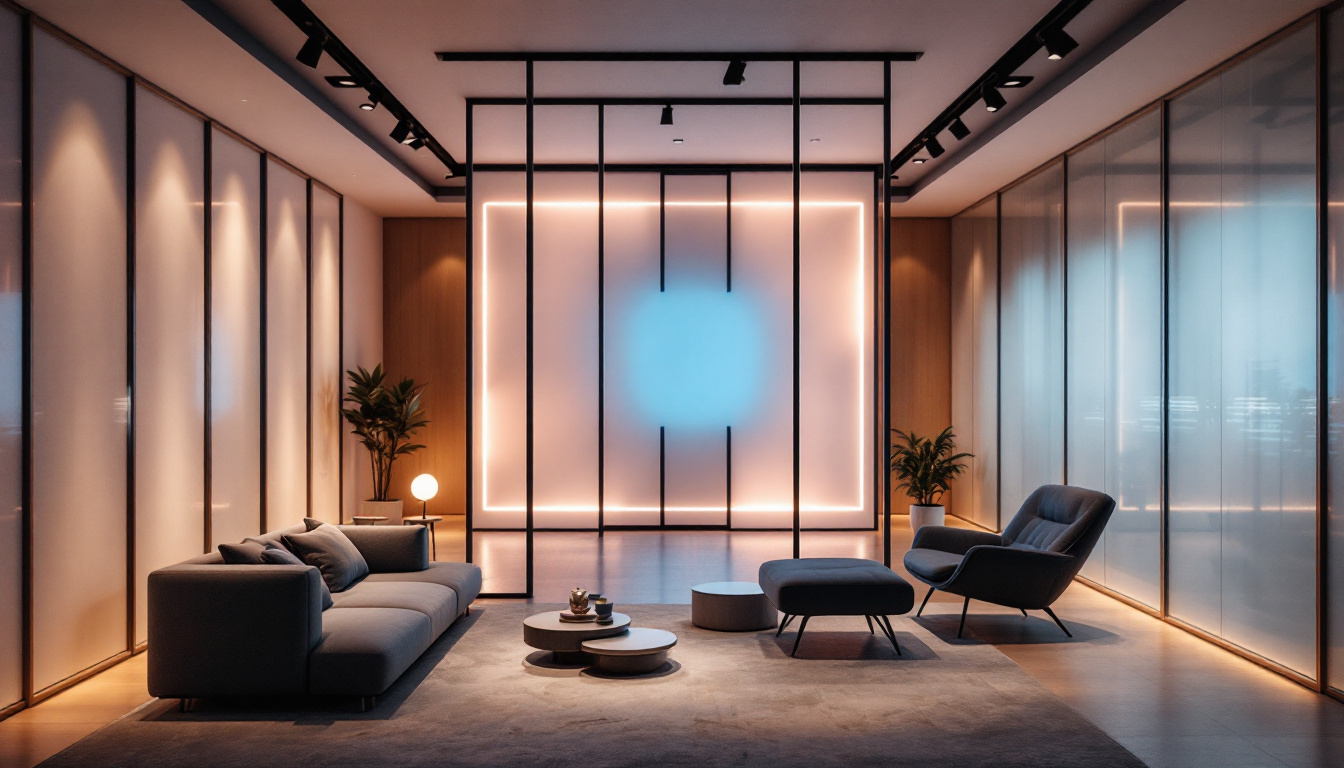In the realm of modern technology, LED displays have emerged as a cornerstone for visual communication. Digital Sound Systems Inc, a leader in audio-visual solutions, has embraced this technology to enhance its offerings. This article delves into the intricacies of LED displays, their advantages, applications, and how they have transformed the landscape of digital communication.
Understanding LED Technology
Light Emitting Diodes (LEDs) are semiconductor devices that emit light when an electric current passes through them. This technology has revolutionized the way visual content is displayed, offering brighter, more vibrant images compared to traditional display methods. The compact size and energy efficiency of LEDs make them a preferred choice for a wide range of applications, from household lighting to large-scale advertising billboards.
The Basics of LED Displays
LED displays consist of numerous tiny LEDs arranged in a grid, which can produce a full spectrum of colors. These displays can be categorized into two main types: direct view and backlit. Direct view displays emit light directly from the LEDs, while backlit displays use LEDs to illuminate an LCD panel. The choice between these types often depends on the specific needs of the installation, such as the desired brightness, color accuracy, and viewing angle.
One of the most significant advantages of LED technology is its ability to produce high brightness levels, making it suitable for various environments, including outdoor settings where sunlight can diminish visibility. Furthermore, LED displays have a longer lifespan compared to traditional display technologies, reducing maintenance costs over time. This longevity is particularly beneficial for businesses that rely on digital signage, as it minimizes the frequency of replacements and the associated labor costs.
In addition to their durability, LED displays are also highly energy-efficient. They consume significantly less power than incandescent or fluorescent lighting, which not only lowers electricity bills but also contributes to a smaller carbon footprint. As sustainability becomes increasingly important in various industries, the adoption of LED technology is seen as a step towards greener practices.
How LED Displays Work
LED displays operate on the principle of pixel manipulation. Each pixel is made up of red, green, and blue (RGB) sub-pixels that combine to create a full-color image. By adjusting the intensity of each sub-pixel, a wide range of colors and shades can be achieved. This capability allows for stunning visual effects, making LED displays ideal for applications such as concerts, sports events, and art installations where dynamic imagery is essential.
The control systems behind LED displays are sophisticated, allowing for real-time content updates and dynamic visual effects. These systems can be integrated with various media sources, enabling seamless playback of videos, images, and animations. Advanced software solutions also allow for the scheduling of content, ensuring that the right message reaches the audience at the right time. Moreover, many LED displays now come equipped with smart technology, enabling remote management and monitoring, which enhances operational efficiency and user convenience.
Advantages of LED Displays
The rise of LED technology has been propelled by its numerous advantages over traditional display methods. Understanding these benefits can help organizations make informed decisions when considering their visual communication strategies.
Energy Efficiency
One of the most compelling advantages of LED displays is their energy efficiency. Compared to traditional incandescent or fluorescent lighting, LEDs consume significantly less power. This not only translates to lower electricity bills but also contributes to a reduced carbon footprint, making LED displays an environmentally friendly choice. Furthermore, the longevity of LED technology means that they often last much longer than their traditional counterparts, which reduces waste and the frequency of replacements. This durability is particularly beneficial for businesses looking to minimize maintenance costs and ensure consistent performance over time.
High Resolution and Clarity
LED displays offer exceptional resolution and clarity, making them ideal for applications where detail is paramount. Whether used for advertising, presentations, or entertainment, the sharpness of images and videos displayed on LED screens captivates audiences and enhances the overall experience. The technology behind LED displays allows for vibrant colors and high contrast ratios, which ensure that content stands out, even in brightly lit environments. This is particularly advantageous for outdoor advertising, where visibility can be a challenge. Additionally, advancements in LED technology have led to the development of ultra-high-definition displays, further pushing the boundaries of visual quality and making them suitable for professional broadcasting and high-stakes events.
Versatility in Applications
LED displays are incredibly versatile, finding applications in various fields, including advertising, sports arenas, corporate environments, and entertainment venues. Their adaptability to different sizes and formats allows for creative installations that can cater to specific audience needs. For instance, in sports arenas, large LED screens can provide real-time statistics and instant replays, enhancing the spectator experience. In corporate settings, LED walls can be used for dynamic presentations or as part of an innovative office design, promoting a modern and tech-savvy image. Moreover, the ability to customize content in real-time allows organizations to tailor their messages to different audiences, making LED displays a powerful tool for engagement and communication. This flexibility extends to event settings as well, where LED displays can be configured for various themes and purposes, from concerts to trade shows, ensuring that the visual aspect of any event is both impactful and memorable.
Applications of LED Displays
LED displays have permeated various sectors, transforming how information is conveyed and consumed. From dynamic advertising to immersive experiences, their applications are vast and varied.
Advertising and Marketing
In the advertising world, LED displays have become a staple for capturing consumer attention. Digital billboards and storefront displays utilize vibrant colors and moving images to engage passersby. The ability to change content in real-time allows marketers to tailor their messages to specific audiences or events, maximizing impact.
Corporate and Event Use
In corporate settings, LED displays are utilized for presentations, conferences, and trade shows. Their ability to present information clearly and attractively enhances communication and engagement. Additionally, LED walls can be used to create immersive environments at events, drawing attendees into the experience.
Entertainment Venues
From concert stages to sports arenas, LED displays play a pivotal role in the entertainment industry. They provide dynamic backgrounds for performances and are used to display scores, advertisements, and live feeds during events. The immersive experience created by these displays elevates the overall enjoyment for audiences.
Choosing the Right LED Display
With a myriad of options available in the market, selecting the right LED display can be a daunting task. Several factors should be considered to ensure that the chosen display meets the specific needs of the application.
Resolution and Pixel Pitch
Resolution is a critical factor in determining the quality of the display. Higher resolution displays offer clearer images and finer details, which is especially important for close viewing distances. Pixel pitch, the distance between the centers of two adjacent pixels, also plays a vital role. A smaller pixel pitch provides higher resolution and is ideal for indoor applications, while larger pixel pitches are suitable for outdoor use.
Brightness and Contrast Ratio
Brightness is another essential consideration, particularly for outdoor displays that need to compete with sunlight. The contrast ratio, which measures the difference between the darkest and lightest parts of the image, affects the overall image quality. A higher contrast ratio results in more vivid colors and deeper blacks, enhancing the viewing experience.
Durability and Weather Resistance
For outdoor applications, durability and weather resistance are paramount. LED displays should be built to withstand various environmental conditions, including rain, wind, and extreme temperatures. Ensuring that the display is IP-rated for water and dust resistance can significantly extend its lifespan and performance.
Installation and Maintenance
Proper installation and maintenance are crucial for maximizing the lifespan and performance of LED displays. Understanding the installation process and ongoing maintenance requirements can help organizations avoid potential issues down the line.
Installation Considerations
Installing an LED display involves several steps, including site assessment, structural analysis, and electrical setup. It is essential to work with experienced professionals who can ensure that the display is installed correctly and safely. Factors such as viewing angles, height, and distance from the audience should also be taken into account to optimize visibility.
Regular Maintenance
Like any technology, LED displays require regular maintenance to ensure optimal performance. This includes cleaning the surface to remove dust and debris, checking connections, and updating software as needed. Establishing a maintenance schedule can help prevent issues and prolong the life of the display.
The Future of LED Displays
The future of LED display technology is bright, with advancements continually reshaping the landscape. As technology evolves, so too do the capabilities and applications of LED displays.
Innovations in LED Technology
Recent innovations in LED technology include the development of microLED and miniLED displays, which offer even higher resolutions and improved color accuracy. These technologies are paving the way for new applications, such as flexible and transparent displays that can be integrated into various environments.
Integration with Smart Technology
As smart technology continues to permeate everyday life, LED displays are also becoming more integrated with IoT (Internet of Things) systems. This integration allows for enhanced interactivity and real-time data display, making LED displays even more versatile and functional in various applications.
Sustainability Initiatives
With growing concerns over environmental impact, the LED industry is increasingly focusing on sustainability. This includes developing energy-efficient products and implementing recycling programs for old displays. As organizations seek to reduce their carbon footprint, sustainable LED solutions will become a priority.
Conclusion
LED displays have transformed the way information is presented and consumed, offering vibrant visuals and dynamic content delivery. Digital Sound Systems Inc stands at the forefront of this technology, providing innovative solutions that cater to a wide range of applications. As advancements in LED technology continue, the potential for enhanced visual communication is limitless.
Organizations looking to leverage the power of LED displays should consider the various factors discussed in this article, from resolution and brightness to installation and maintenance. By making informed decisions, they can maximize the impact of their visual communication strategies and stay ahead in an ever-evolving digital landscape.
Discover LumenMatrix LED Display Solutions
Ready to elevate your visual communication strategy with the latest in LED display technology? Look no further than LumenMatrix, a pioneer in crafting immersive and dynamic LED experiences. Whether you need an Indoor LED Wall Display for your corporate events, an Outdoor LED Wall Display for impactful advertising, or any of our other specialized solutions like Vehicle, Sports, or Floor LED Displays, LumenMatrix has you covered. Embrace the future of digital signage with our Custom, All-in-One, or Transparent LED Displays, designed to captivate your audience and amplify your message. Check out LumenMatrix LED Display Solutions today and transform your space into a visual spectacle.

